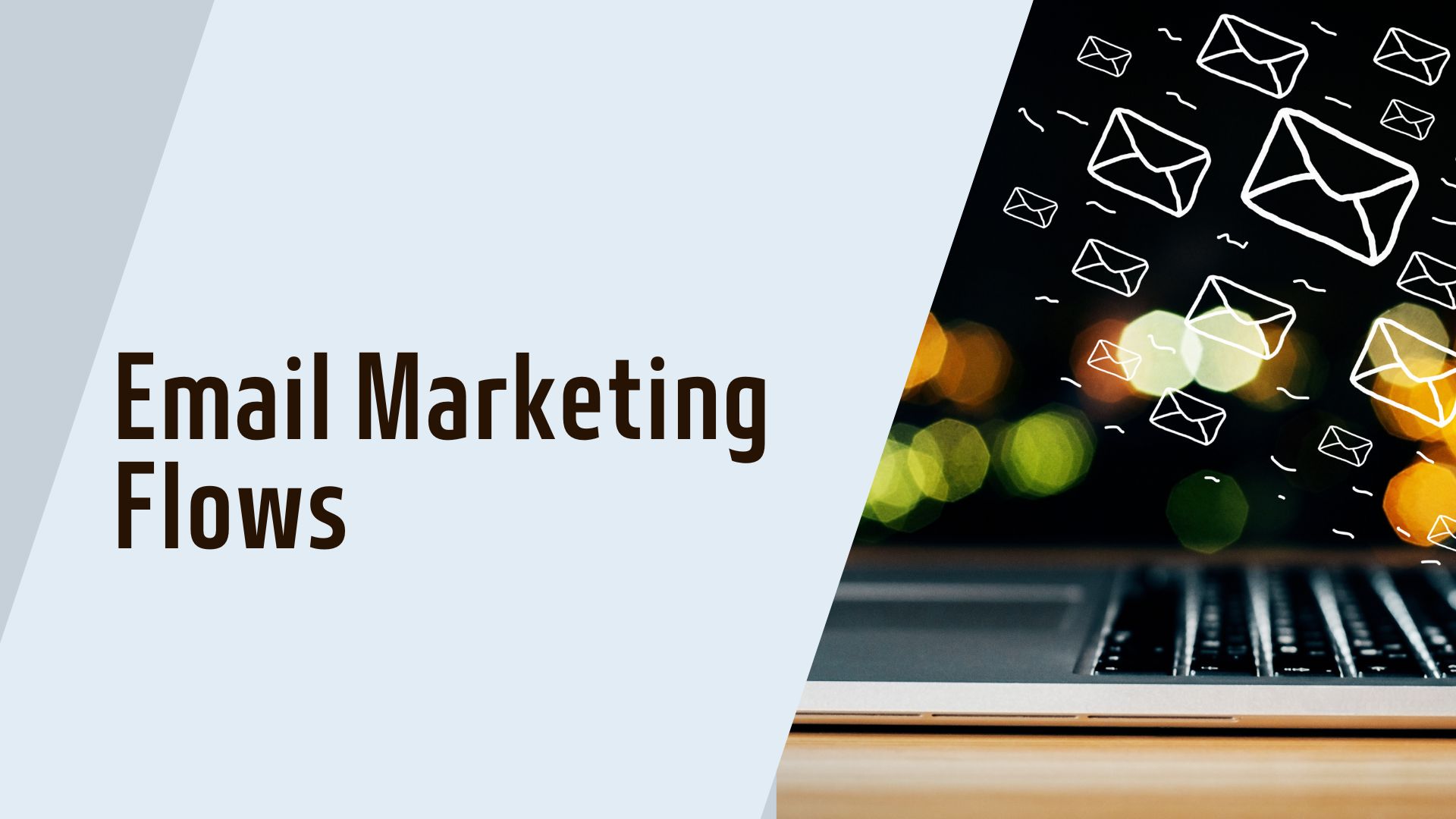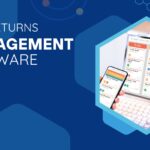Email marketing flows are automated sequences of email messages sent to customers based on their actions or triggers, such as cart abandonment or milestones. These flows aim to nurture customer relationships and drive purchases.
By following a series of practical steps, like setting campaign goals and building an email list, businesses can fully utilize the power of email marketing. Additionally, employing strategies such as personalization, compelling subject lines, mobile optimization, automation, A/B testing, content marketing, and data analysis can further enhance email marketing campaigns to drive growth and strengthen customer relationships.
Whether it’s a welcome series, abandoned cart emails, or post-purchase follow-ups, utilizing email flows in e-commerce can help businesses automate and streamline their communication with customers, leading to improved engagement and conversions.
2. Key Components Of Email Marketing Flows
Email marketing flows are a powerful tool to nurture customer relationships and encourage purchases. To make the most of it, consider setting clear and specific campaign goals. This will help you to align your email content and strategies accordingly.
A successful email marketing flow relies on having a quality email list. Focus on building an engaged and targeted email list by offering valuable content and incentives to encourage sign-ups. Ensure your list is permission-based to comply with email marketing regulations.
An email marketing workflow is an automated sequence of emails triggered by specific events or actions. Define the events or triggers that will initiate your email flows, such as purchases, account upgrades, or webinar downloads. Craft engaging and personalized email content to guide customers through their journey.
To make your email marketing flows effective, consider implementing strategies such as personalization, compelling subject lines, mobile optimization, automation, A/B testing, content marketing, and data analysis. By leveraging these strategies, you can drive growth and strengthen customer relationships.
3. Examples And Best Practices For Email Marketing Flows
Welcome Series
Welcome emails are the first step in establishing a relationship with your customer. They set the tone for your brand and provide essential information about your products or services. Personalization and a clear call to action are key elements in creating an effective welcome email series. Consider offering a special discount or freebie to encourage engagement.
Abandoned Cart Emails
Abandoned cart emails are essential for recovering lost sales. Utilize compelling subject lines and personalized content to remind customers of what they left behind and entice them to complete their purchase. Include product images, pricing, and a clear call to action to make it easy for customers to return to their cart and complete the transaction.
Post-Purchase Follow-up
After a customer makes a purchase, it’s important to follow up and show appreciation for their business. Send a post-purchase email thanking them for their order and providing any necessary post-purchase information or instructions. Consider including product recommendations or upsell opportunities to encourage repeat purchases.
Product Recommendations
Product recommendation emails can be a powerful tool for cross-selling and upselling. Use customer data and browsing history to recommend products that are relevant to their interests and past purchases. Include enticing images, pricing, and a clear call to action to encourage customers to explore and make additional purchases.
Feedback and Review Requests
Sending feedback and review request emails after a customer has had time to use your product or service not only helps you gather valuable feedback and testimonials, but also shows that you value their opinion. Encourage customers to share their experience and provide a convenient way for them to leave a review or provide feedback.
Frequently Asked Questions Of Email Marketing Flows
What Are Email Marketing Flows?
Email marketing flows are automated sequences of emails that are sent to customers based on their actions or milestones. These flows aim to nurture customer relationships and encourage purchases. Examples of email flows include welcome emails, abandoned cart emails, birthday emails, and product recommendation emails.
What Are The 5 Steps Of Email Marketing?
The 5 steps of email marketing are: 1. Set your campaign goals. 2. Build your email list. 3. Create compelling email content. 4. Schedule and send your emails. 5. Analyze and optimize your email campaigns. These steps help businesses nurture customer relationships, drive engagement, and encourage purchases through targeted and automated email communications.
What Is Workflow In Email Marketing?
An email marketing workflow is an automated sequence of emails that is triggered by specific events or actions, such as making a purchase or signing up for a free trial. These workflows are designed to nurture customer relationships and encourage purchases.
What Are The 7 Email Marketing Strategies?
The 7 email marketing strategies include personalization, compelling subject lines, mobile optimization, automation, A/B testing, content marketing, and data analysis. Implementing these strategies can help to drive growth and strengthen customer relationships in your email campaigns.
Conclusion
Email marketing flows are a powerful tool to nurture customer relationships and drive purchases. By setting up automated sequences based on customer actions or milestones, you can deliver personalized and timely emails that engage and convert. Whether it’s a welcome email, abandoned cart reminder, or product recommendation, email flows allow you to stay connected with your audience and strengthen your business.
With the right strategies in place, you can leverage email marketing flows to drive growth and enhance customer relationships. Start implementing these techniques today and unleash the full potential of your email marketing campaigns.

Oscar Giles is a multifaceted expert with a distinctive proficiency in product launches, mutual funds, and startup investments. With a comprehensive background in finance and strategic marketing, Oscar Giles has become a trusted advisor in the dynamic intersection of introducing new products and navigating diverse investment landscapes. Her career is marked by successful product launches, where she seamlessly integrates financial acumen with market trends to drive successful market entries. Simultaneously, Oscar Giles’s expertise extends into the world of mutual funds and startup investments, where she excels in identifying and nurturing high-potential ventures. Her unique skill set allows her to bridge the gap between innovative product offerings and strategic investment decisions. As a thought leader in these interconnected domains, Oscar Giles continues to shape the conversation around effective product launches and smart investment strategies, offering valuable insights to entrepreneurs, investors, and businesses alike.


